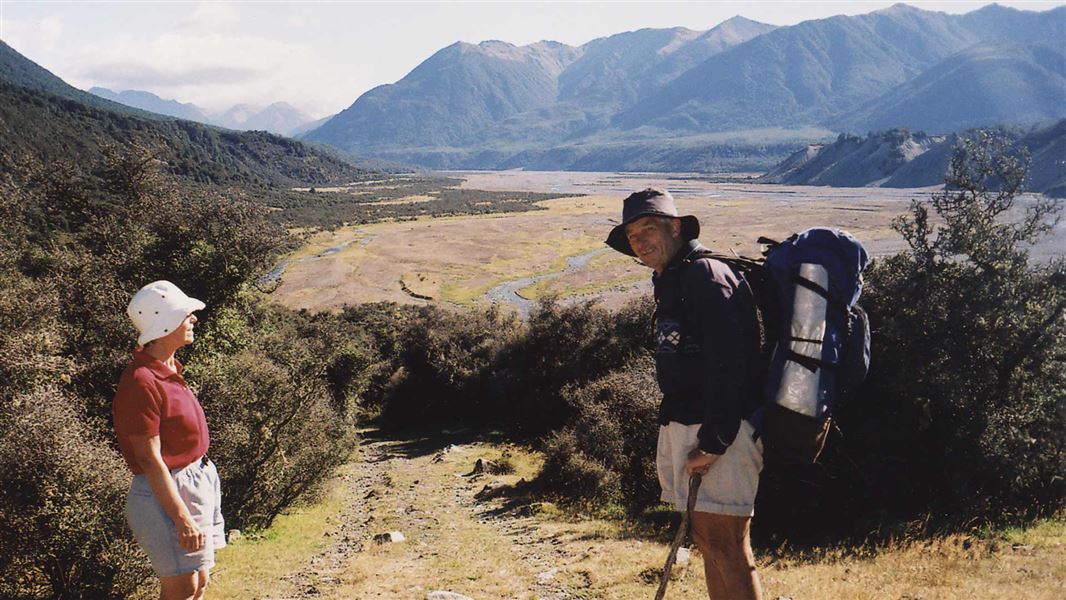
Located in Arthur's Pass National Park in the Canterbury region
Introduction
This is a pleasant 2 day tramp, crossing easy saddles on well-defined tracks through open mountain beech forest.Stay safe in the outdoors
- Choose the right trip for you. Learn about the route and make sure you have the skills for it.
- Understand the weather. Check weather forecasts.
- Pack warm clothes and extra food. Check gear lists.
- Share your plans and take ways to get help. Share directly or use the Outdoor Intentions form or Plan My Walk. Take a distress beacon.
- Take care of yourself and each other.